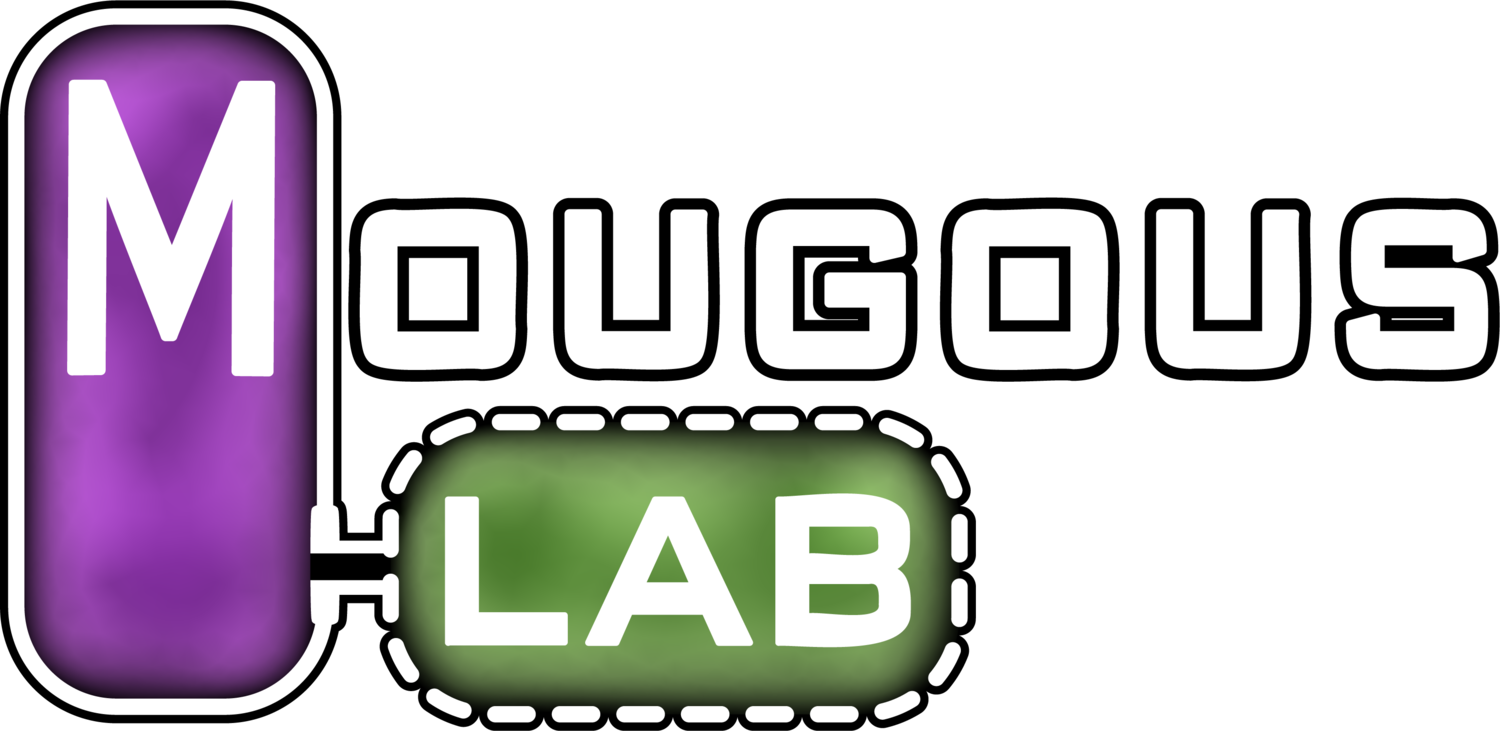
Research
Antibacterial Toxins
Throughout eons of evolution, most bacteria have lived in environments in which they must compete for space and resources with other bacterial species. It is perhaps not surprising that this has led to selection for a wide variety of mechanisms by which these organisms can inhibit the growth of competitors. We are interested in identifying and characterizing the toxins bacteria use for direct inhibition of other bacteria. Through a combination of genetic, biochemical and structural approaches, we have defined the mechanism of action for a host of potent antibacterial toxins with no homology to previously characterized proteins. Our ongoing efforts in this area include characterizing toxins from an increasingly diverse collection of species (including organisms from four phyla), and determining how these toxins act in concert.
Epibiotic Bacteria
Most of us have Saccharibacteria in our mouths and don't know it. These bacteria constitute one phylum of the Patescibacteria. This fascinating group of bacteria – which virtually nothing is known about and yet constitute ~15% of all bacterial diversity – appear to share the unusual feature of requiring host bacteria to replicate. Research into the mechanisms underlying the epibiotic lifestyle of these organisms has long been thwarted by the lack of tools for their genetic manipulation. We isolated a new Saccharibacteria species, Southlakia epibionticum, that grows epibiotically on Actinomyces israelii, and demonstrated that the natural competence system of this organism can be harnessed for its genetic manipulation. Ongoing work in the lab seeks to exploit the S. epbionticum-A. israelii system to answer many long-standing questions regarding the unique physiology and lifestyle of Patescibacteria.
Gut Bacteria Interactions
The human gut is densely colonized by a diverse microbial assemblage. An increasing number of studies have identified links between the structure and composition of this microbial community and various aspects of human health, ranging from inflammatory bowel disease to mental health conditions. We are interested in how the composition of the human gut microbial community is shaped by antagonistic interactions between bacteria. To date, we have shown that two contact-dependent antibacterial antagonism pathways are widespread among gut bacteria; the type VI secretion system in the Gram-negative phylum Bacteroidetes, and the Esx pathway in the Gram-positive phylum Firmicutes. Current efforts are aimed at dissecting the role these two pathways play in forming and maintaining gut community structure, and at understanding the downstream consequences of toxic effector delivery between species in the gut.
Secreted Virulence Factors
In many pathogenic bacteria, specialized secretion systems are employed to deliver effector proteins into host cells, where they promote virulence by often undescribed mechanisms. The intracellular pathogen Francisella tularensis has long been known to require a T6SS to escape from phagosomes and proliferate in the cytosol of macrophages, but the identity and activities of secreted effectors has remained elusive. We identified effectors secreted by the T6SS of this bacterium and work is underway to determine the mechanisms by which these proteins act to subvert host cell defenses and facilitate infection.




